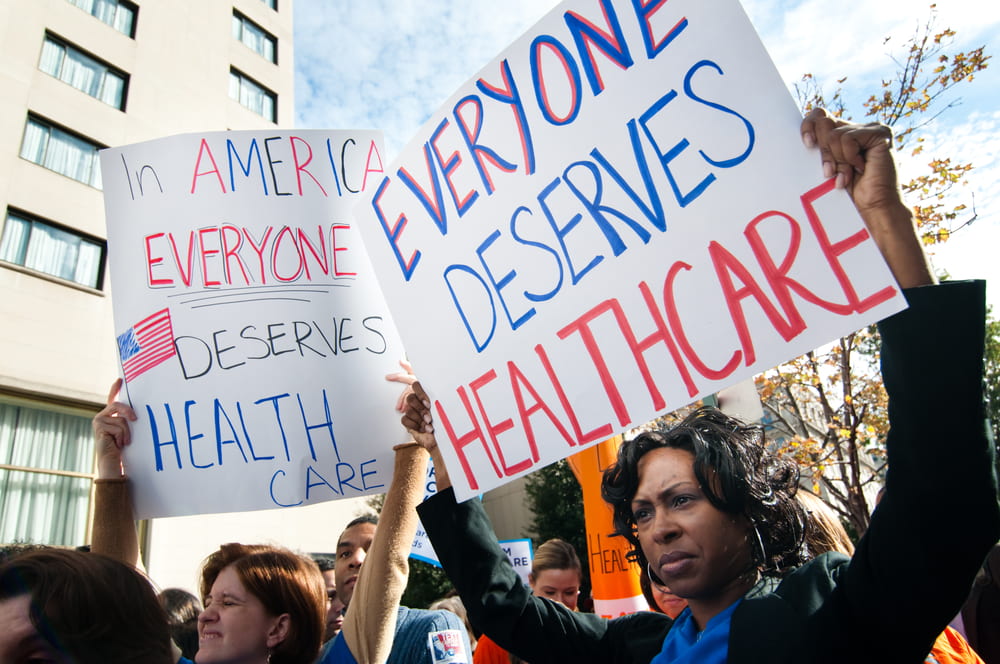In the United States healthcare system, patients of minority identities (e.g., People of Color) face health disparities due to systemic stereotypes, biases, and policies reinforced by institutions. However, these institutional disparities are anything but new: healthcare discrimination is rooted in European colonization, industrial capitalism, and the Atlantic slave trade.
Historically, Racial and Ethnic Minorities have received less medical care than White patients in healthcare settings. Dating back to the 19th and 20th centuries, People of Color could only receive care in racially-segregated hospitals. While eventually the government placed an ultimatum on these hospitals – desegregate or lose funding – today, many states still allocate more medical resources and privileges to predominantly White, affluent institutions. In turn, modern-day segregation is manifest in modern-day data. The American Journal of Preventive Medicine reports that 14% of Black survey participants have experienced racial discrimination from their healthcare provider, Black patients are 8% less likely to be able to access and receive health care, and 80% of Black patients receive less quality time with, and care from, their medical providers (Volpe et al., 2021). These data are not just attributable to institutional barriers in the healthcare system. Institutions often deflect responsibility on the victims of their discriminatory practices, rationalizing their treatment with all but racial bias (Elias & Paradies, 2021). Moreover, many institutions fail to recognize their prejudice in the first place.
The inequitable distribution of health care does not only disproportionately affect marginalized communities. In 2016 alone, the U.S. spent $2.4 trillion on health care, and while White people comprise just 61% of the population, they received 72% of the budget. Subsequently, Racial and Ethnic Minorities receive less funding per capita, exacerbating inequity, and explaining why the National Health Interview Survey found that low-income Black patients have worse overall health than middle and high-income White patients (Ortega & Roby, 2021).
In recent years, there has been a national push to remove these institutional barriers in medicine. Studies such as the Heckler Report and Health Surveys have analyzed racial health inequities, but despite all of the data, the issues of unequal treatment, access, and care remain widespread for minorities in the United States today. Education about this subject has helped minimize some biases, yet there have been few positive changes in patient outcomes. Rebuilding and restructuring institutions with new policies and laws is not optional but necessary to correct the system and bring accessible healthcare to patients of all backgrounds.
Bibliography
Volpe, V. V., Schorpp, K. M., Cacace, S. C., Benson, G. P., & Banos, N. C. (2021). State- and Provider-Level Racism and Health Care in the U.S. In American Journal of Preventive Medicine (Vol. 61, Issue 3, pp. 338–347). Elsevier BV. https://doi.org/10.1016/j.amepre.2021.03.008
Elias, A., Paradies, Y. The Costs of Institutional Racism and its Ethical Implications for Healthcare. Bioethical Inquiry 18, 45–58 (2021). https://doi.org/10.1007/s11673-020-10073-0
Ortega AN, Roby DH. Ending Structural Racism in the US Health Care System to Eliminate Health Care Inequities. JAMA. 2021;326(7):613–615. doi:10.1001/jama.2021.11160

